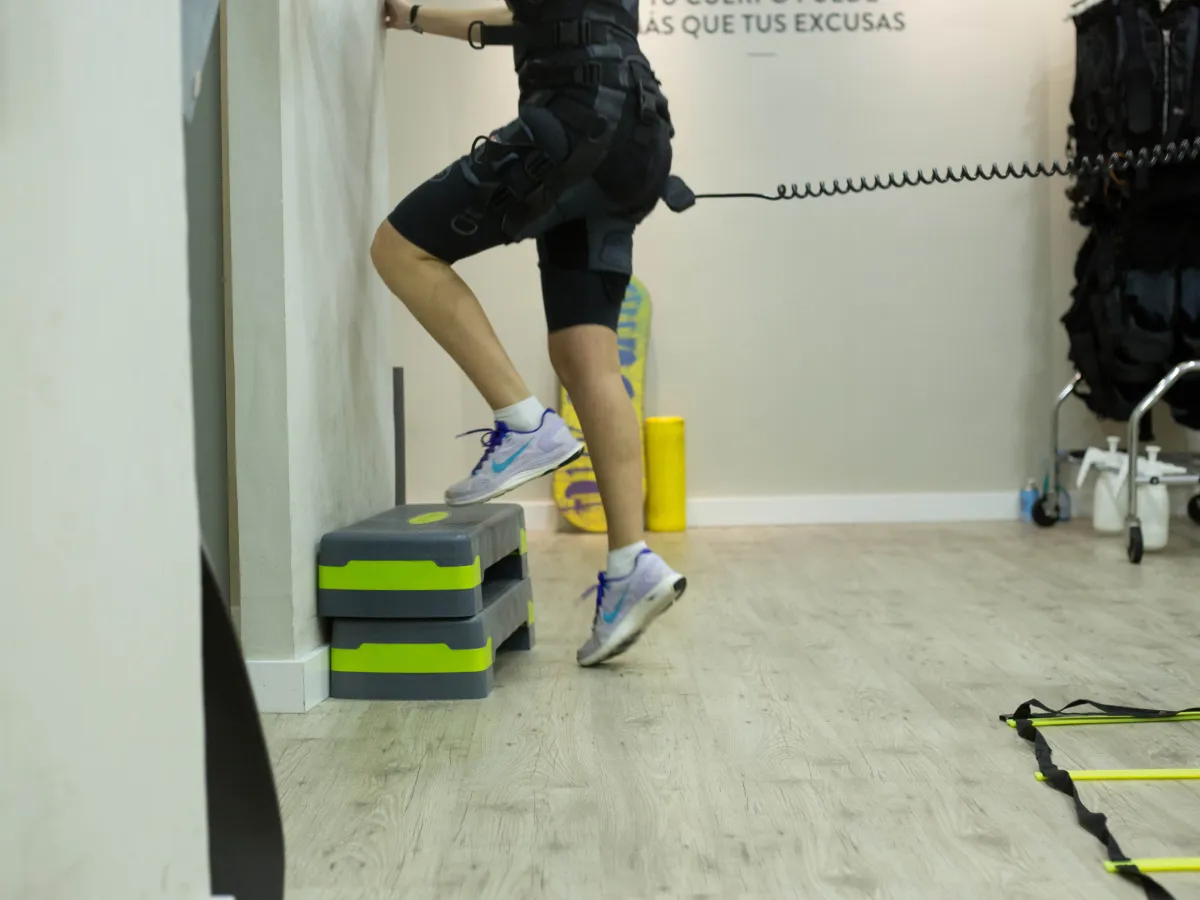Sports bring excitement, competition, and health benefits but also come with the risk of injuries. From minor strains to more severe ligament tears, sports injuries can set athletes back significantly. Physiotherapy plays a crucial role in both preventing these injuries and helping athletes recover swiftly and safely. This article explores how physiotherapy supports injury prevention and speeds up recovery, ensuring athletes stay at their peak performance levels.
How Physiotherapy Prevents Sports Injuries
Prevention is better than cure, especially in sports, where repetitive motions and intense physical demands can lead to overuse and acute injuries. Physiotherapists focus on proactive measures, helping athletes strengthen vulnerable areas and improve flexibility, balance, and stability, all of which are critical to reducing injury risk.
- Customized Exercise Programs: Physiotherapists develop personalized exercise programs tailored to the specific needs of each athlete and their sport. For example, a runner’s regimen would focus on lower body strength, endurance, and stability, while a swimmer’s program might emphasize shoulder stability and upper body strength. These programs target weak areas and build up the muscles, tendons, and ligaments involved, thereby reducing the likelihood of injury.
- Biomechanical Analysis and Correction: Physiotherapists often perform biomechanical assessments to observe how an athlete’s body moves and identify any potential issues. By addressing faulty movement patterns—such as poor posture, asymmetrical movements, or over-reliance on certain muscle groups—they can guide athletes to make corrections that prevent strain and stress on vulnerable areas.
- Flexibility and Mobility Training: Flexibility is critical for athletes, as restricted movement can lead to strains and tears. Physiotherapists incorporate stretching routines and mobility exercises into training programs to enhance flexibility. Regular stretching, dynamic warm-ups, and flexibility drills improve the range of motion, helping prevent common sports injuries such as muscle strains or joint sprains.
- Balance and Proprioception Training: Balance and proprioception (awareness of one’s body position in space) are essential for athletes, especially those in sports involving rapid movements, like basketball or soccer. Physiotherapists use tools like balance boards, stability balls, and proprioceptive exercises to enhance an athlete’s balance, coordination, and body awareness, which ultimately reduces the risk of falls, twists, and ankle injuries.
How Physiotherapy Supports Injury Recovery
Despite preventive measures, sports injuries can still occur. In such cases, physiotherapy is essential to aid a safe and effective recovery, minimizing downtime while preventing re-injury. A physiotherapist’s role goes beyond just managing pain; they work with athletes to rebuild strength, flexibility, and confidence.
- Acute Injury Management: Immediately following an injury, physiotherapists assess the severity and recommend appropriate treatments, such as rest, ice, compression, and elevation (RICE). Physiotherapy also includes treatments like ultrasound, electrical stimulation, and soft tissue massage to reduce inflammation and pain in the acute phase of injury.
- Progressive Rehabilitation: Physiotherapists create structured rehabilitation programs that allow for gradual progress. This typically starts with gentle exercises to restore range of motion and ease back into movement without straining the injured area. As recovery progresses, strength training and functional exercises are introduced, tailored to the demands of the athlete’s sport. A gradual approach prevents re-injury and ensures full recovery.
- Strengthening Weak Areas: After an injury, certain muscles or joints might become weaker or stiffer due to reduced activity. Physiotherapists focus on these weak areas, helping athletes regain strength, coordination, and stability. For instance, if a soccer player experiences a knee injury, a physiotherapist would design a program that strengthens the surrounding muscles, such as the quadriceps and hamstrings, to support the joint and reduce future injury risk.
- Education and Injury Prevention Techniques: Physiotherapists not only treat injuries but also educate athletes on how to prevent them in the future. This includes advice on warming up properly, using correct techniques, and understanding the body’s signals to avoid pushing too hard. This knowledge empowers athletes to manage their physical health proactively.
- Psychological Support: Injuries can take an emotional toll, affecting an athlete’s confidence and motivation. Physiotherapists work closely with athletes to provide encouragement, set realistic goals, and track progress, helping them build confidence throughout the rehabilitation process.

0 Comments